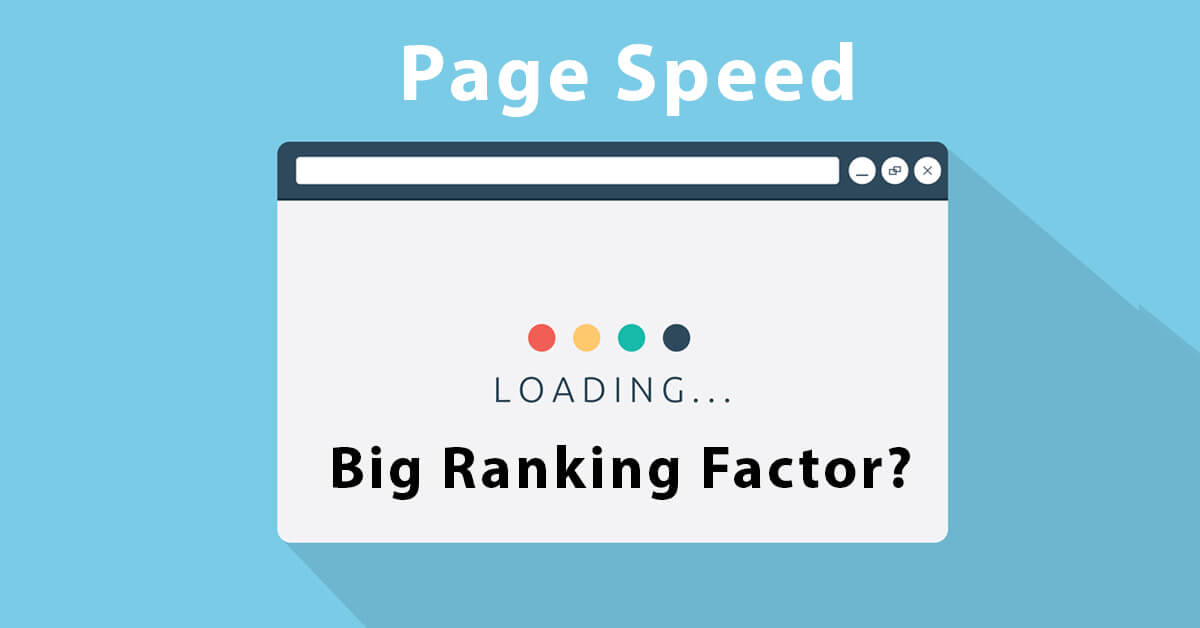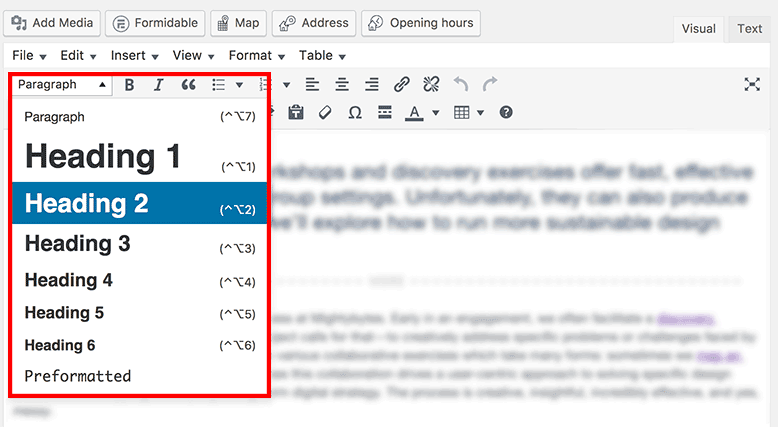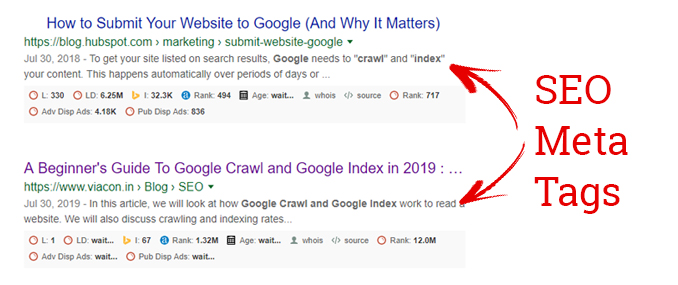7 Actionable UX Tips to Improve Your SEO Ranking
By :- Nav - Web Guru Awards Team

Google wants to work in a way that reflects real human behavior. So, the search engine giant has made huge changes to its algorithm, making usability and UX design two of the top-ranking factors.
So, if you want to rank your online business in top positions on search engines, you need to improve your UX design first. To maintain a good user experience, follow the below seven UX principles to boost your SEO ranking:
1) Improve Web Page Loading Speed

One of the most important elements of UX design is a website or webpage loading speed. It’s one of the key elements of award-winning websites. These days, people lack patience because of overpacked lifestyles. So, they prefer fast websites for their requirements. If your website takes time to open up, customers will switch to the competitor's site.
So, try to improve the page load speed. Minor improvements in speed can improve your bounce rates surprisingly.
2) Use Catchy Headings

Headings provide a route map for the users as they read your content. It’s also good for SEO. So, use appropriate headings to make search engines and web users understand your material. They also build a rational hierarchy and arrange emotions.
3) Add Impressive & Relevant Visuals
Visuals are essential components of the website. If someone browses your site and sees lengthy chunks of texts, they lose interest right away. So, engage them to go through your website content, upload custom graphics or images.
You can make your website interesting by thoughtfully adding visuals, including videos, photos, and infographics. In addition, visuals even provide the vital information that visitors miss while scrolling the written content.
4) Write Actionable Meta Tags

Meta description represents your website. It is something that makes customers click your website link. Also, it helps to index the website by offering an early phrase. Therefore, make compelling meta descriptions. The limit for meta description is 160 characters. So, you have to make sure every word in the description counts. Moreover, try to provide the purpose of the webpage in that one and half sentences.
5) Create Search-Friendly URLs
The well-crafted URLs provide viewers and search engines the best user experience. They make visitors understand the destination page. URLs can contain phrases and keywords similar to meta tags, enabling search engines to pick your website for relevant terms. Create an optimized URL structure highlighting the nature of your page to put the visitor's mind at ease.
Keep URLs simple, relevant, and compelling to make users and search engines understand them. By viewing the URL only, a visitor should get an idea of the page. To create the authoritative listing, use search-engine friendly permalink structures. This increases the chances of getting your webpage clicked.
6) Pay Attention to White Space
Incorporate white or empty space between the elements to ensure the uncramped website. Create a clean website that represents your message correctly. So, place the website content such as images wisely. It’s one of the most important web design trends you need to follow.
7) Internal Linking
One of the basic SEO fundamentals to influence visitors' dwell time on the webpage is internal linking. While linking internally, guide the audience to additional web pages on relevant topics. Internal links engage your audience on the webpage. In addition, they recommend your audience to informative pages for their knowledge expansion on a subject they want to learn.
While internal linking, choose the relevant anchor text. It is the text that contains the link. It helps search engines and users understand the context of the internal link.
Final Thoughts
Use general UX principles to attract users. Then, while combining them to an effective SEO strategy, count your site to have better rankings. In addition, it is essential to consider the user's perspective while designing your site.
Recent Topics
-
 WordPress.com Launches 100-Year Web Hosting Plan
WordPress.com Launches 100-Year Web Hosting PlanWordPress, the platform that helps people create websites, now offers something rare. It has taken a bold leap into the future with its 100-year web hosting plan. ...
Read MoreBy :- Laura Davidson
-
 5 Best AI Web Design Tools You Can Try
5 Best AI Web Design Tools You Can TryWhy bother with all the effort of creating websites manually when we have amazing AI tools? In fact, using these tools has become one of the most-practiced ...
Read MoreBy :- Tiana K
-
 Role of Animation and Micro-Interactions in User Experience
Role of Animation and Micro-Interactions in User ExperienceIn today's world, almost every brand wants to create a user-friendly interface for its customers. The main aim behind this is to increase customer base and revenue. Now, when it comes...
Read MoreBy :- Laura Davidson
-
 Web Design Trends to Watch Out for in 2024
Web Design Trends to Watch Out for in 2024Web design is a constant-evolving technology landscape. As a web designer, staying tuned with web design trends and keeping your designs up-to-date is important. These trends will affect ...
Read MoreBy :- Esther McGuinness
-
 The Power of Storytelling in Web Design Engaging Users with a Narrative
The Power of Storytelling in Web Design Engaging Users with a NarrativeStories never fail to engage listeners. That’s why web designers are leveraging the art of storytelling in their designs. In web designing, storytelling goes beyond merely usin...
Read MoreBy :- Navkiran Dhaliwal
-
 WordPress Releases Version 6.3 ?“Lionel”
WordPress Releases Version 6.3 ?“Lionel”WordPress 6.3 “Lionel” is out! Now, you’ll be able to create more beautiful and compelling websi...
Read MoreBy :- Tiana K
